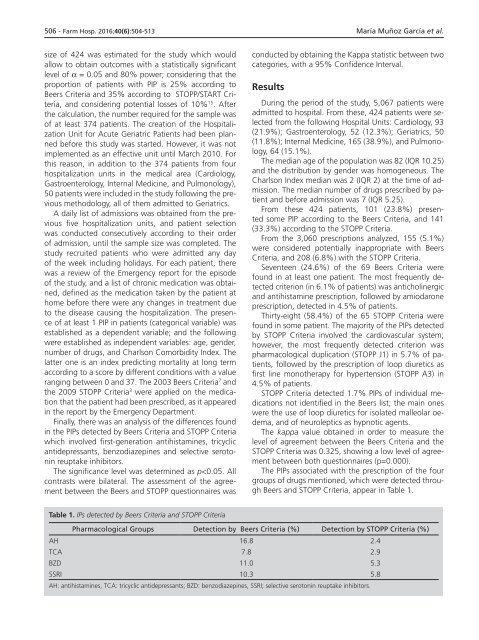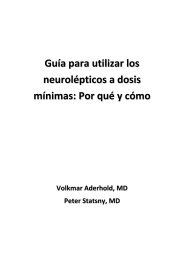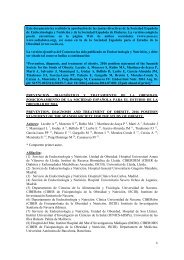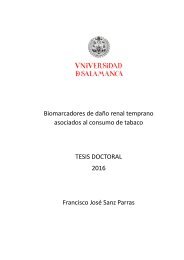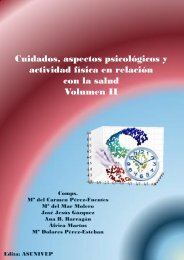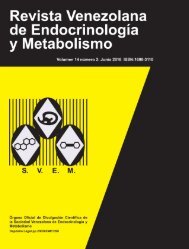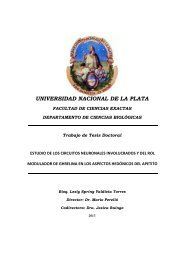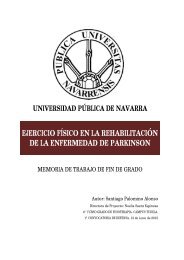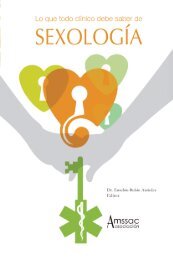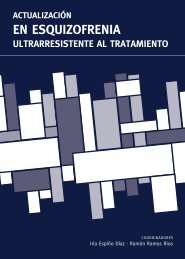Noviembre-Diciembre
156_v40n6(1)
156_v40n6(1)
You also want an ePaper? Increase the reach of your titles
YUMPU automatically turns print PDFs into web optimized ePapers that Google loves.
506 - Farm Hosp. 2016;40(6):504-513 María Muñoz García et al.<br />
size of 424 was estimated for the study which would<br />
allow to obtain outcomes with a statistically significant<br />
level of α = 0.05 and 80% power; considering that the<br />
proportion of patients with PIP is 25% according to<br />
Beers Criteria and 35% according to STOPP/START Criteria,<br />
and considering potential losses of 10% 15 . After<br />
the calculation, the number required for the sample was<br />
of at least 374 patients. The creation of the Hospitalization<br />
Unit for Acute Geriatric Patients had been planned<br />
before this study was started. However, it was not<br />
implemented as an effective unit until March 2010. For<br />
this reason, in addition to the 374 patients from four<br />
hospitalization units in the medical area (Cardiology,<br />
Gastroenterology, Internal Medicine, and Pulmonology),<br />
50 patients were included in the study following the previous<br />
methodology, all of them admitted to Geriatrics.<br />
A daily list of admissions was obtained from the previous<br />
five hospitalization units, and patient selection<br />
was conducted consecutively according to their order<br />
of admission, until the sample size was completed. The<br />
study recruited patients who were admitted any day<br />
of the week including holidays. For each patient, there<br />
was a review of the Emergency report for the episode<br />
of the study, and a list of chronic medication was obtained,<br />
defined as the medication taken by the patient at<br />
home before there were any changes in treatment due<br />
to the disease causing the hospitalization. The presence<br />
of at least 1 PIP in patients (categorical variable) was<br />
established as a dependent variable; and the following<br />
were established as independent variables: age, gender,<br />
number of drugs, and Charlson Comorbidity Index. The<br />
latter one is an index predicting mortality at long term<br />
according to a score by different conditions with a value<br />
ranging between 0 and 37. The 2003 Beers Criteria 7 and<br />
the 2009 STOPP Criteria 3 were applied on the medication<br />
that the patient had been prescribed, as it appeared<br />
in the report by the Emergency Department.<br />
Finally, there was an analysis of the differences found<br />
in the PIPs detected by Beers Criteria and STOPP Criteria<br />
which involved first-generation antihistamines, tricyclic<br />
antidepressants, benzodiazepines and selective serotonin<br />
reuptake inhibitors.<br />
The significance level was determined as p


